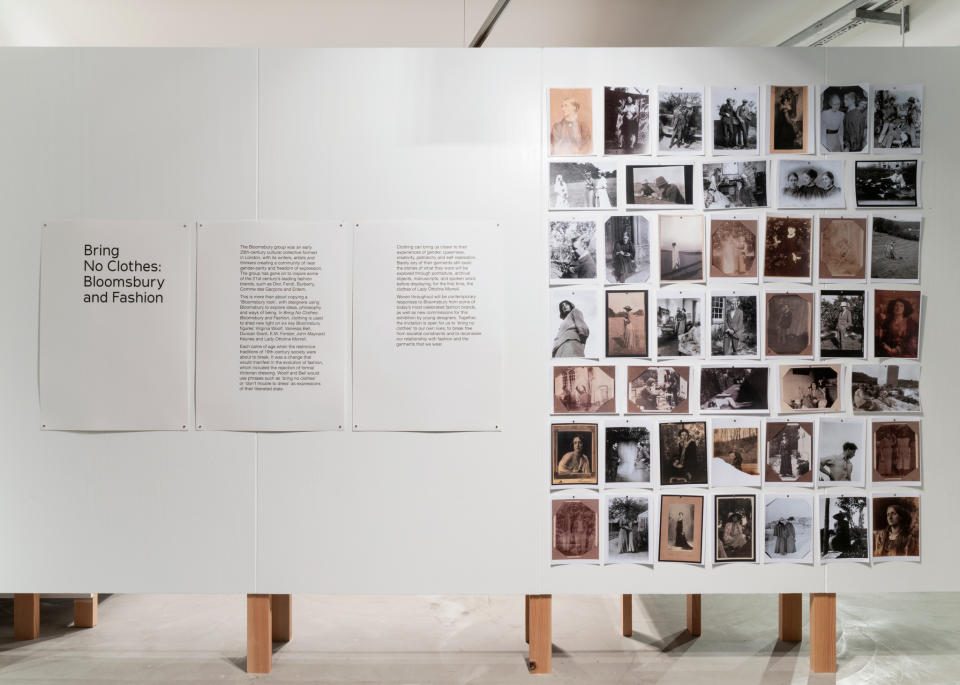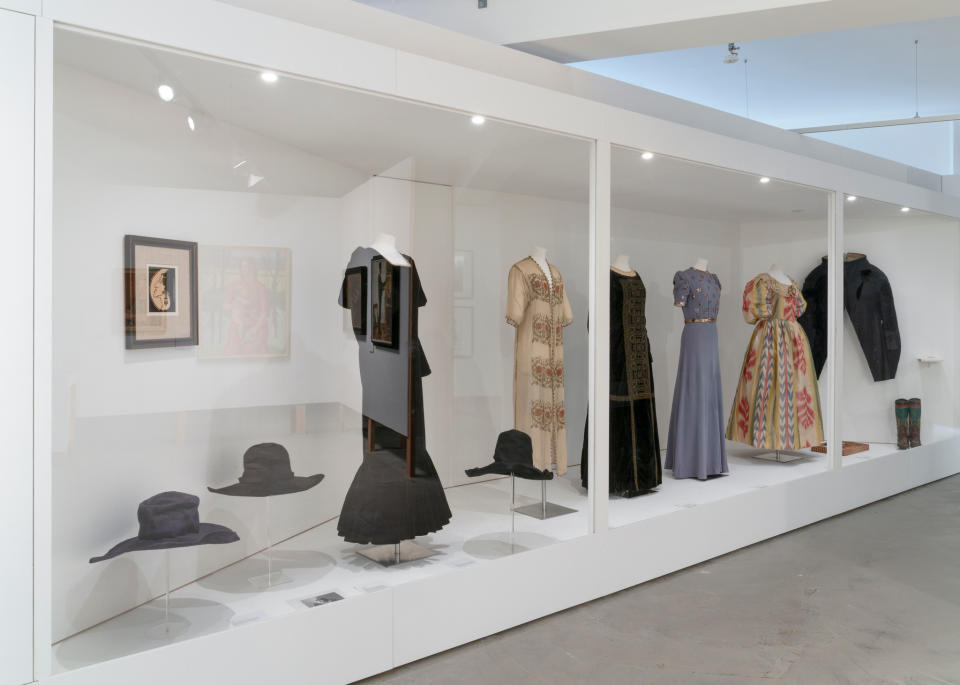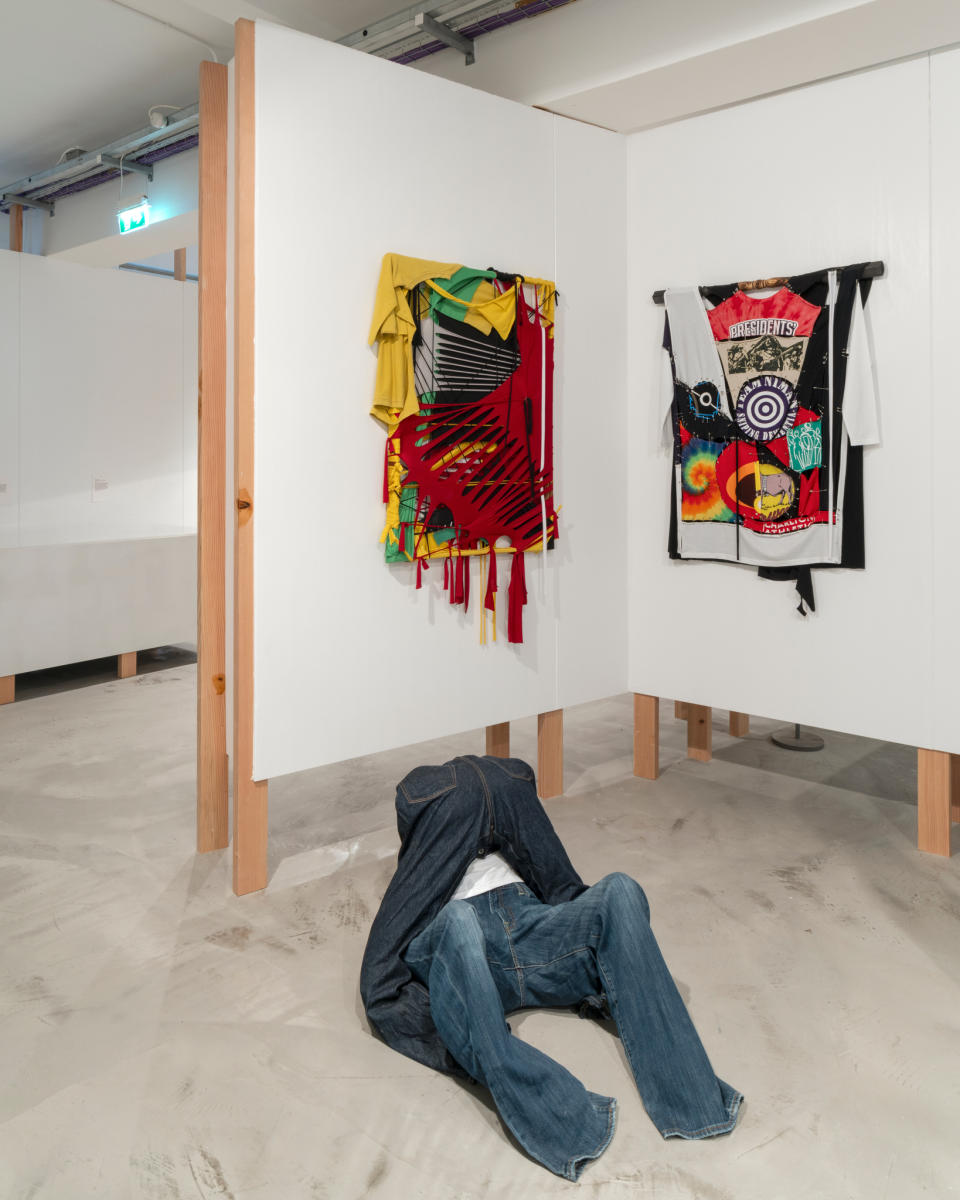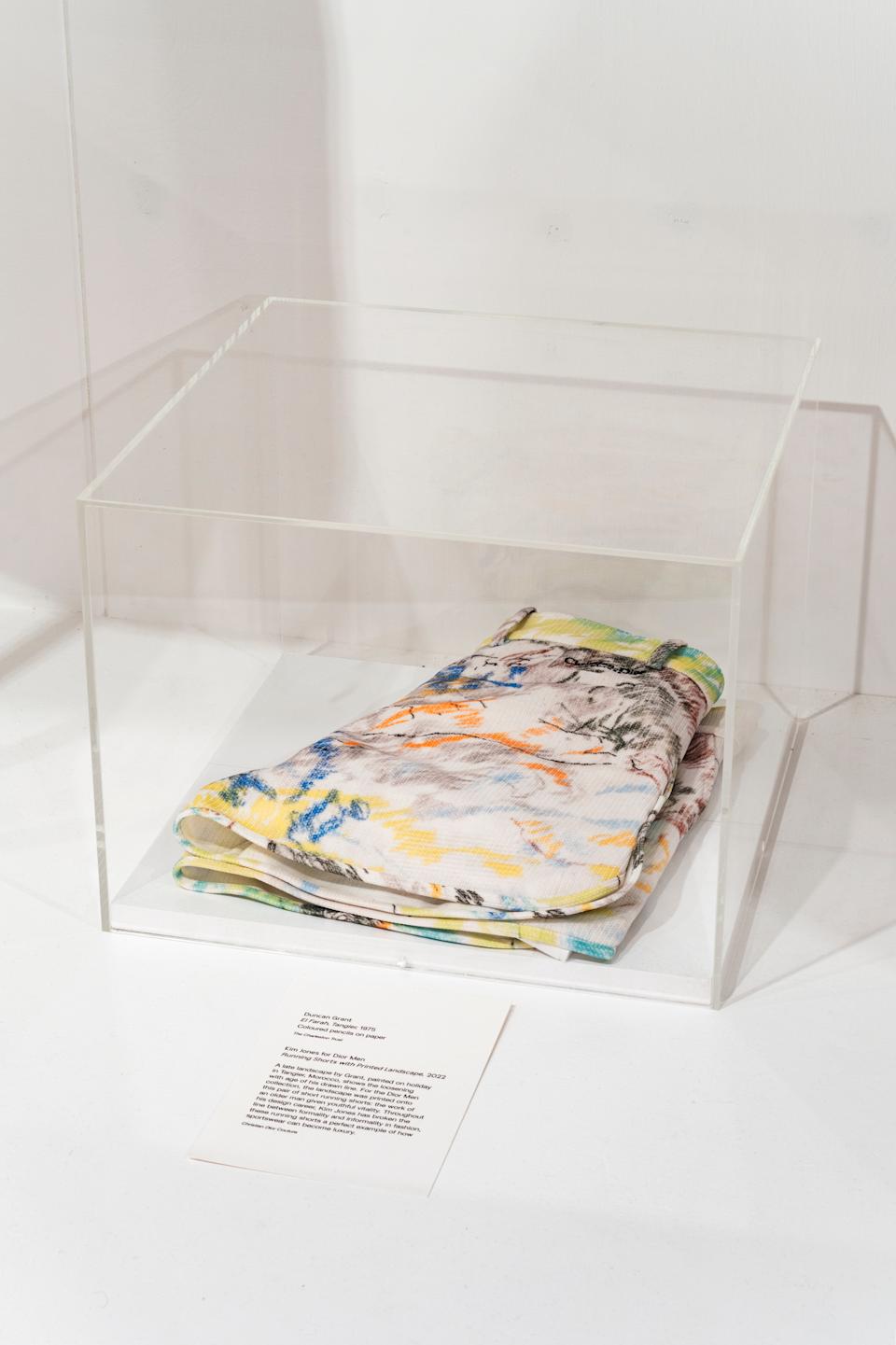Bloomsbury Thread: Charlie Porter Shows the Human Side of the Intellectual Set
- Oops!Something went wrong.Please try again later.
- Oops!Something went wrong.Please try again later.
- Oops!Something went wrong.Please try again later.

LONDON — Kim Jones‘ fascination with the Bloomsbury Group is a never-ending tale.
In the summer, Dior revealed it would be supporting a major exhibition, “Bring No Clothes: Bloomsbury and Fashion,” on the famous cultural collective at the gallery space Charleston Lewes, an hour’s commute from London. The exhibit was curated by journalist Charlie Porter to coincide with the release of his book “Bring No Clothes: Bloomsbury and the Philosophy of Fashion” and runs through Jan. 7.
More from WWD
UTA Artist Space Director Zuzanna Ciolek on the L.A. Art Scene
Dior's New Icons, Charlotte Tilbury's Award, Khaite's New Baby
EXCLUSIVE: Robert Pattinson Stars in Campaign for New Dior Icons Menswear Line
“Bring No Clothes” dissects the sartorial styles of Virginia Woolf, Duncan Grant, E.M. Forster, Vanessa Bell, John Maynard Keynes and Lady Ottoline Morrell in relation to how they paved the way for modern dressing for artists, and how in turn, they’ve influenced brands such as Fendi, Comme des Garçons, Christopher Bailey-era Burberry, Erdem and S.S. Daley.
Throughout the exhibition, a voiceover of Woolf plays, guiding the viewer through her life.

“Even though she wrote this at the end of her life, she was writing about her childhood. It’s quite hardcore memories of how clothing was used to confine and entrap her,” said Porter in a preview.
Woolf lived with her half-brother, George Duckworth, until her mid-20s, and with her half-sister Bell. He would use clothes as a tool for control, making them wear corsets and other undergarments with sharp pieces of wood to force a feminine silhouette.
The two sisters were often permitted only two to three hours a day to themselves to write or paint by their half-brother before he would order them to spruce up their appearances and put on their best dresses for his examination. Duckworth would play psychological games by telling Woolf and Bell they didn’t look good and needed to change.
The sisters ran far away from their affluent household in South Kensington once their father passed away, to Bloomsbury, a cheaper and grotty area back then.
There’s very little photographic evidence of the Bloomsbury Group between 1904 to 1910 in Bloomsbury, as they tried to carve out their own path and stay out of sight.
“It’s because they went through this sudden radical change, whereas in our day, if we make a change, we take a photo of it, be it a break up or haircut. Change involves image, but in their days because cameras were so expensive and they had been photographed so much they’ve moved to this new area and don’t care about it — they just care about the change itself,” Porter explained.

Woolf and Bell’s male friends who studied at Cambridge University would visit Bloomsbury on Thursday evenings to have gatherings of ideas, during which nobody cared about their garments. Woolf has described “not wearing anything at all,” in her writings, adding that the men didn’t care about what they wore either, and they criticized their ideas as much as their own.
Porter sorted through books, letters and materials of the Bloomsbury Group found in the British Library and at King’s College London, where Woolf was a student.
The exhibition opens with a wall of informal photographs of the collective at home and with their families, which were not meant for the public.
Porter uses images, spoken word and diaries throughout the exhibition to make up for the absence of the clothes.

“I love absence, I love the fact that we don’t have to have the clothes to show it because most clothes don’t exist anymore, in a way,” he said.
Writing about the Bloomsbury Group’s clothing for the exhibition and book, Porter said he felt closer to the characters as he was reliving their experiences, and finding deeply hidden subjects, such as queerness. During the period, gay men had their way of being within society because they were legislated against and recognized in their legality, whereas queer female stories weren’t being recognized.
“It was through clothes that Morrell and Woolf’s relationship suddenly seemed to be more significant than people thought before,” Porter said.
Woolf and the collective were deemed deeply unfashionable after the Second World War, as all eyes focused on New York.
A pair of Woolf’s spectacles feature in the exhibition from 1983, in the envelope they were meant to be sold at auction in — but nobody bought them.
The Bloomsbury Group became fashionable at the turn of the 21st century. Porter argues that they’re often glamorized for being a group of famous young people, whereas in his research he came to the conclusion that “they were young people trying to live and love in a society that doesn’t want them.”
He commissioned fashion designer Jawara Alleyne, a Fashion East alumni, to create several pieces and artwork for the exhibition that echoed the collective’s allure.
Alleyne’s pieces are all untitled and represent the group in a larger context, with many of the pieces nodding to Bell’s clothes that were burned after her death.

Jones’ men’s spring 2023 collection for Dior sits opposite as a reflection with a hanging transparent tank top featuring two figures kissing, taken from one of Grant’s illustrations he made on to a fan; a knit sweater featuring the same print as a fire curtain that Grant made for Sadlers Wells Theatre in 1930 and a pair of running shorts stamped with a landscape painting of Tangier, Morocco, from 1975.
The exhibition ends with Jones’ couture debut at Fendi, with two gowns on a pedestal while the show plays on a projector onto a wall. The show was an ode to Bell, Woolf and Woolf’s novel “Orlando,” which was published three years after Fendi was founded, in 1925.
Launch Gallery: Inside the ‘Bring No Clothes: Bloomsbury and Fashion’ Exhibition
Best of WWD

